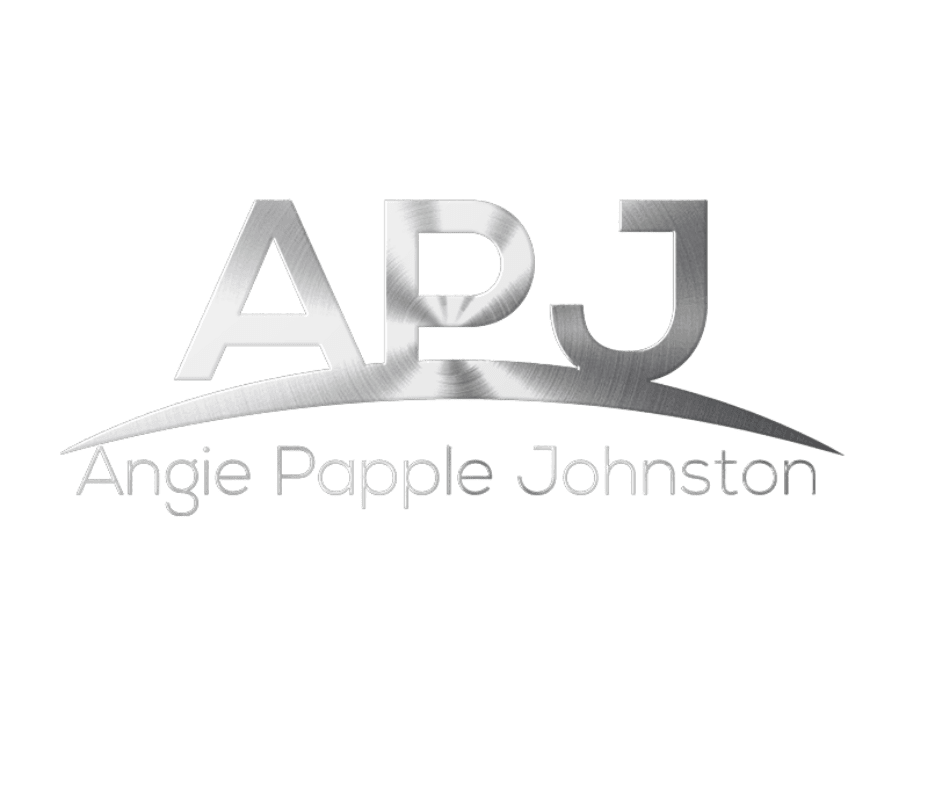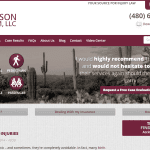If you want people to join your mailing list, follow your blog or otherwise give you their valuable time, an eBook might be the way to go.
Aside from the obvious email snag, you’re going to do something really awesome with your eBook: you’re going to set your company apart from the rest by providing a real, tangible gift that establishes you as the subject-matter expert in your field.
Really, you do need an eBook.
But where do you start?
The eBook Outline: Good or Bad?
When you’re writing your website copy or product descriptions, outlines aren’t always helpful. However, they’re essential in an eBook. That’s because you need the ideas to flow into each other. Think of the differences between the first Hunger Games book and the third (the third was terribly disjointed!) and you’ll understand why an outline is important. If you can, use snappy headlines for each of your subjects; they’ll translate directly into the miniature chapters that will make your book easier to read.
The ideal outline for an eBook on preparing a bathroom for a professional remodeling project, for example, would look something like this:
- Introduction
- Forget the Cleaning Supplies; Ditch the Junk
- Stashing Your Shower Goods in Temporary Storage
- Pre-Installation Cleaning: Everything You Need to Know
- The Big Day
- Post-Installation Cleaning
- Maintenance Tips from the Pros
- Call-to-Action
There’s no mandatory length for an eBook, but make sure it’s short enough to keep their attention and long enough to establish yourself as the subject-matter expert.
Filling in the Blanks in Your eBook
Once you have your outline, it’s a piece of cake. You’re simply dipping your readers in your vast ocean of knowledge.
Introduce your book with a personal note. Touch on the topics you’re covering and close your introduction by creating a sense of solidarity with your readers, such as “We’re in this together.” From there, fill in the blanks. There aren’t any hard-and-fast rules for eBook writing; just write it as if you’re talking to someone who’s grilling you on what you know.
Your Call-to-Action: Sell It!
At the end of your eBook, it’s usually a good idea to use a soft call-to-action. Not a hard sell, but something to gently remind your readers where they got the eBook and guide them to call you for more information (or to get them to hire you on the spot, which is always better).
If you’re not up for it, I am! Let me know.
- Unlocking the Door to Your Career
- Surviving the Emotions of Divorce
- Personal Injury Law eBook






